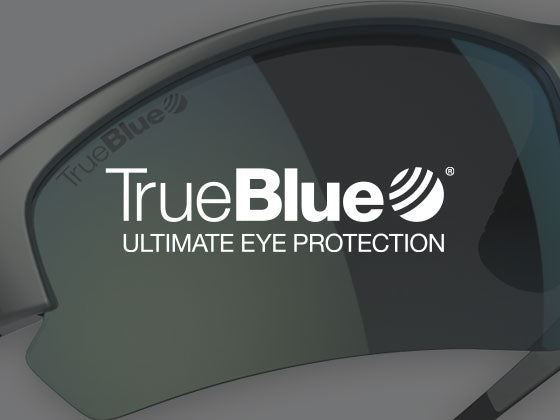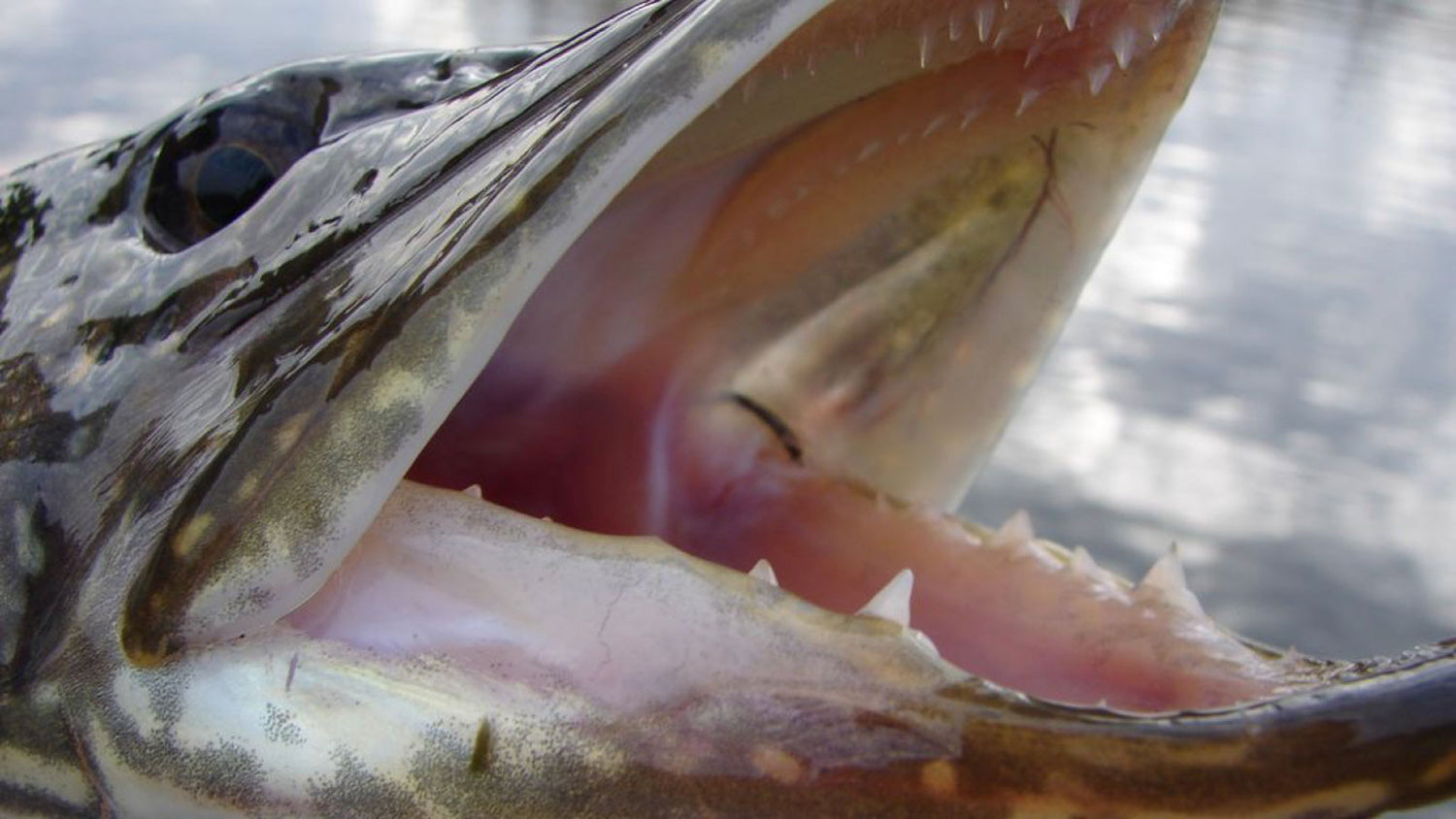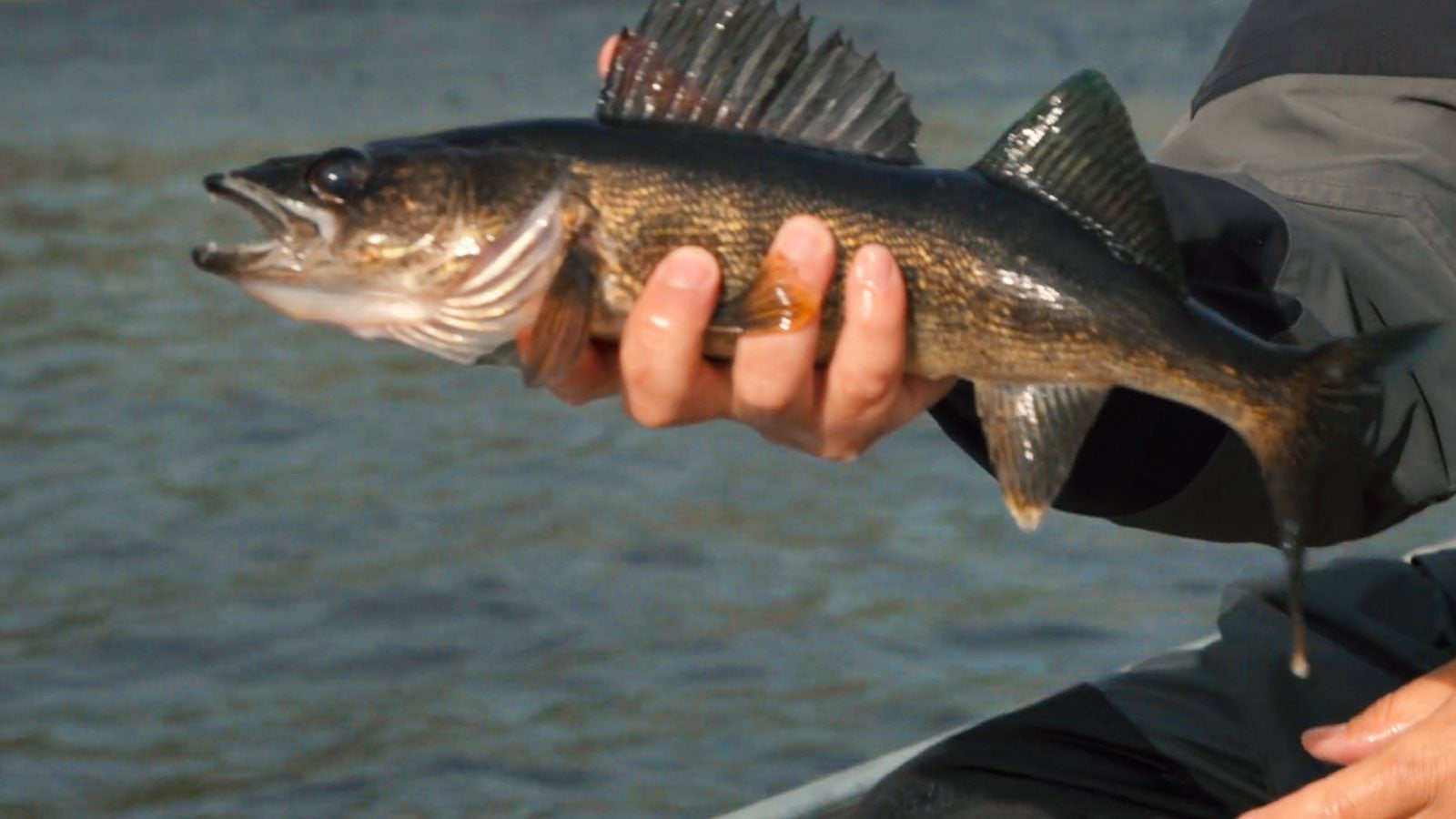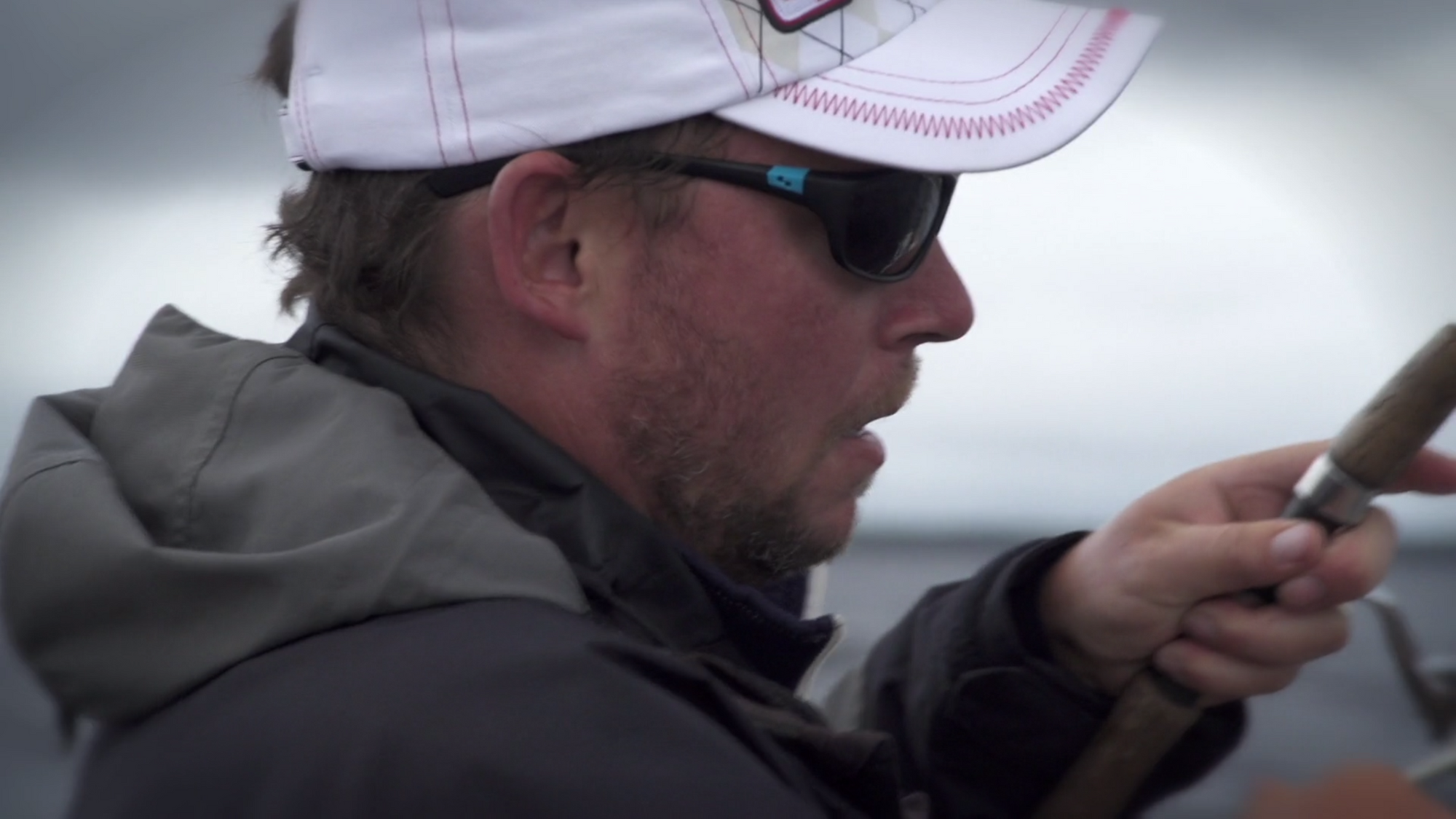When fishing toothy northern pike, there is one major factor that can see you realize trophy success and epic failure – well, maybe it isn’t “that” dramatic but having made the right choices in what line you use when fishing northerns is important. Their behavior and their body make up can make landing these top predators a challenge
The business end…. Pike are notorious for biting through angler’s fishing line. Often they do it so clean and quick, anglers simply don’t realize they even had a fish on. The only evidence is they have lost their lure or bait. All pike have rows upon rows of razor sharp teeth. The largest “fangs” are in the outside of the jaws with smaller teeth laying in wait to make an appearance all the way back in their mouth. They face backward so once they grab hold of a meal, they’re hard pressed to be able to let it go.
Their behavior
When pike hit they generally grab and turn away, however sometimes they will grab and come toward you. When they feel the hook penetrate they will turn the other way and hit the gas hard. They will even sometimes jump. Whatever their behavior, they will react, like many fish to the opposite of what you want them to do. Pressure left, will move them right etc.
When choosing line for pike, the line you choose depends on the style of fishing you are doing. Just like a golfer with all their clubs, each fishing line or combination of fishing lines in one setup has its purpose. It’s important to note that any line can catch fish, but choosing the optimum line for the technique you are presenting will maximize your chances of catching more and bigger fish.
Monofilament – Mono as it’s referred to does have a place in fishing for pike and it has its plusses and minuses. Mono stretches, sometimes quite a bit, so when fish hit, there is a chance the stretch will create the possibility of increased slack if the fish turns back toward you. Conversely, if you’re a sensitivity junkie, mono offers very little in the subtler nuances of the hit. On the flip side, the stretch of mono also can hide angler error such as the angler putting slack in the line. The retraction of the stretched mono will often keep that line tight to the fish’s mouth. Many anglers like to use mono for trolling or casting crankbaits and swimbaits.
Braided line – Braid is the line you choose for the utmost in sensitivity. There is next to no stretch in braid which many anglers like. It does however take some getting used to as this no stretch had the ability to break rodtips and cut deeply into skin as well as will need a change to your overall rod fighting technique. Resiliency is a giant bonus with using braided line. You can fish the heaviest of cover with good braid and have the confidence the line will hold up in rocky or woody areas. Techniques where braid is beneficial are fishing live bait, throwing lures in heavy cover, topwater techniques and fishing heavy cover.
Fluorocarbon – This line is a great choice for clear clean water as it virtually disappears in the water; the fish simply don’t see it as much as braid and mono. Fluorocarbon is a low stretch line that is quite pliable and is becoming a favorite go-to for anglers. You can use fluorocarbon for casting to pike with spinnerbaits, in-line spinners or any kind of jerkbait.
Note with all lines while fishing for pike, it’s recommended to utilize a leader to prevent the dreaded bite off… There are three kinds of leaders that add to your line-up of lines for pike, 1) wire leader. A wire leader is great for pike as it tends to be the most durable, it’s flexible and will generally not take away from a lure’s action too much. 2) stiff wire leader – these leaders are great for glide baits as the stiffness of the leader prevents the treble hooks from getting tangled in the leader – it simply stays away from the hooks unlike a soft wire leader. And finally 3) a fluorocarbon leader. Fluorocarbon leaders are making an name for themselves with anglers are they are difficult to see in the water, have a medium flex for many applications and techniques and are easy to make yourself. One thing to note about fluorocarbon leaders is they have to be big; 60-80lb for pike. You may find the upper tests require crimps to close instead of traditional knots.
Pike fishing is fun! It can be very explosive and extremely exciting. By choosing the proper line to match to your specific technique for targeting pike, you’ll increase your success and be able to release more fish!








